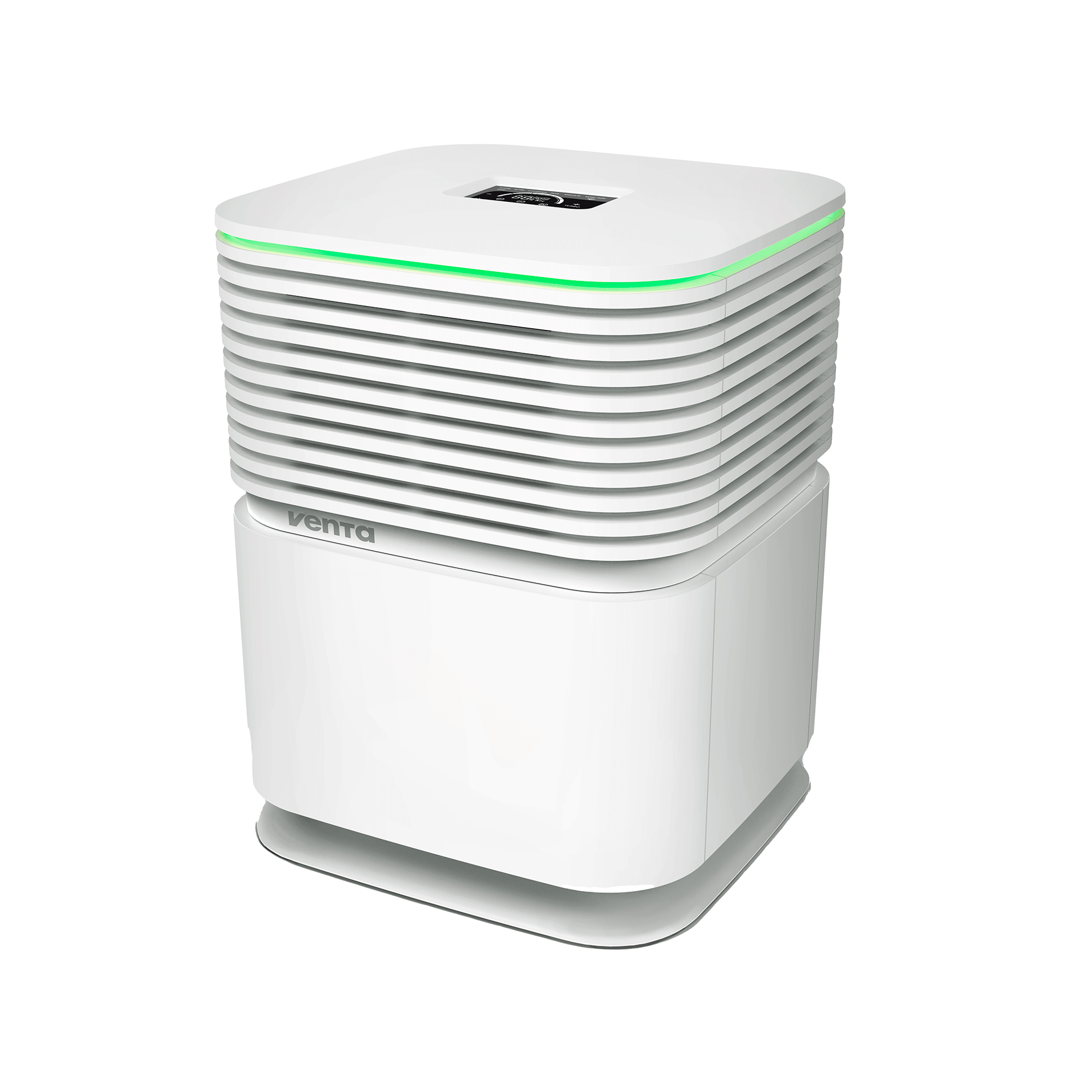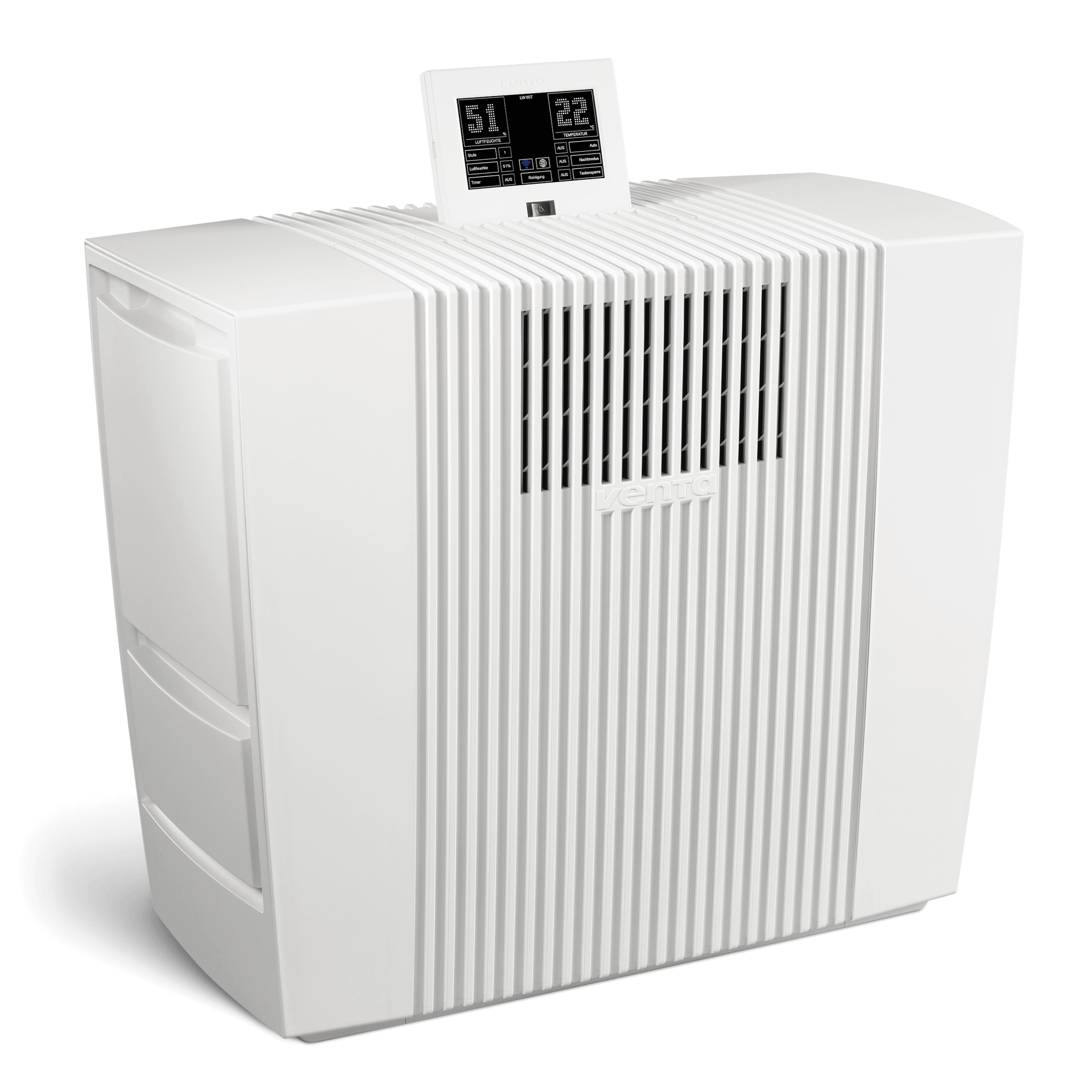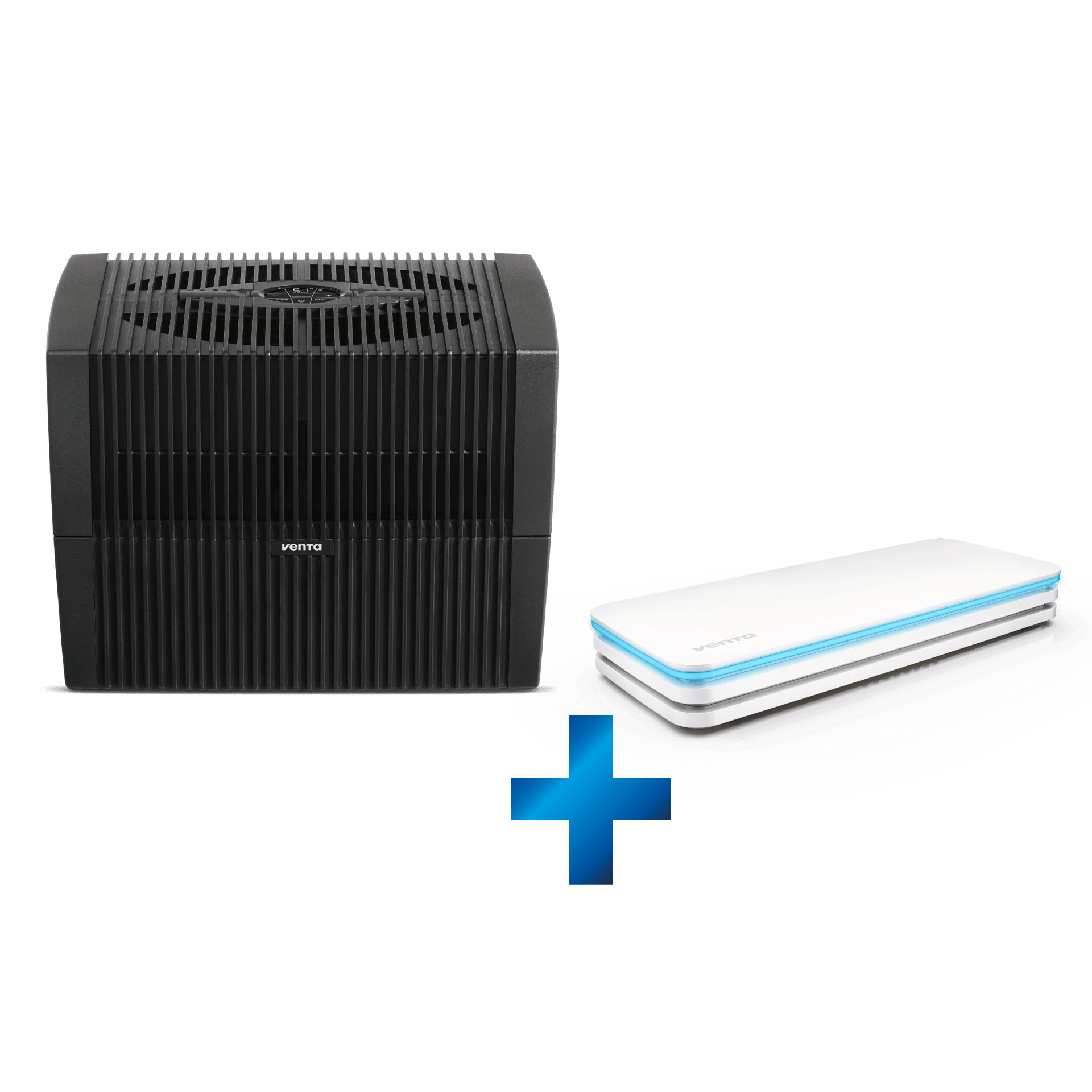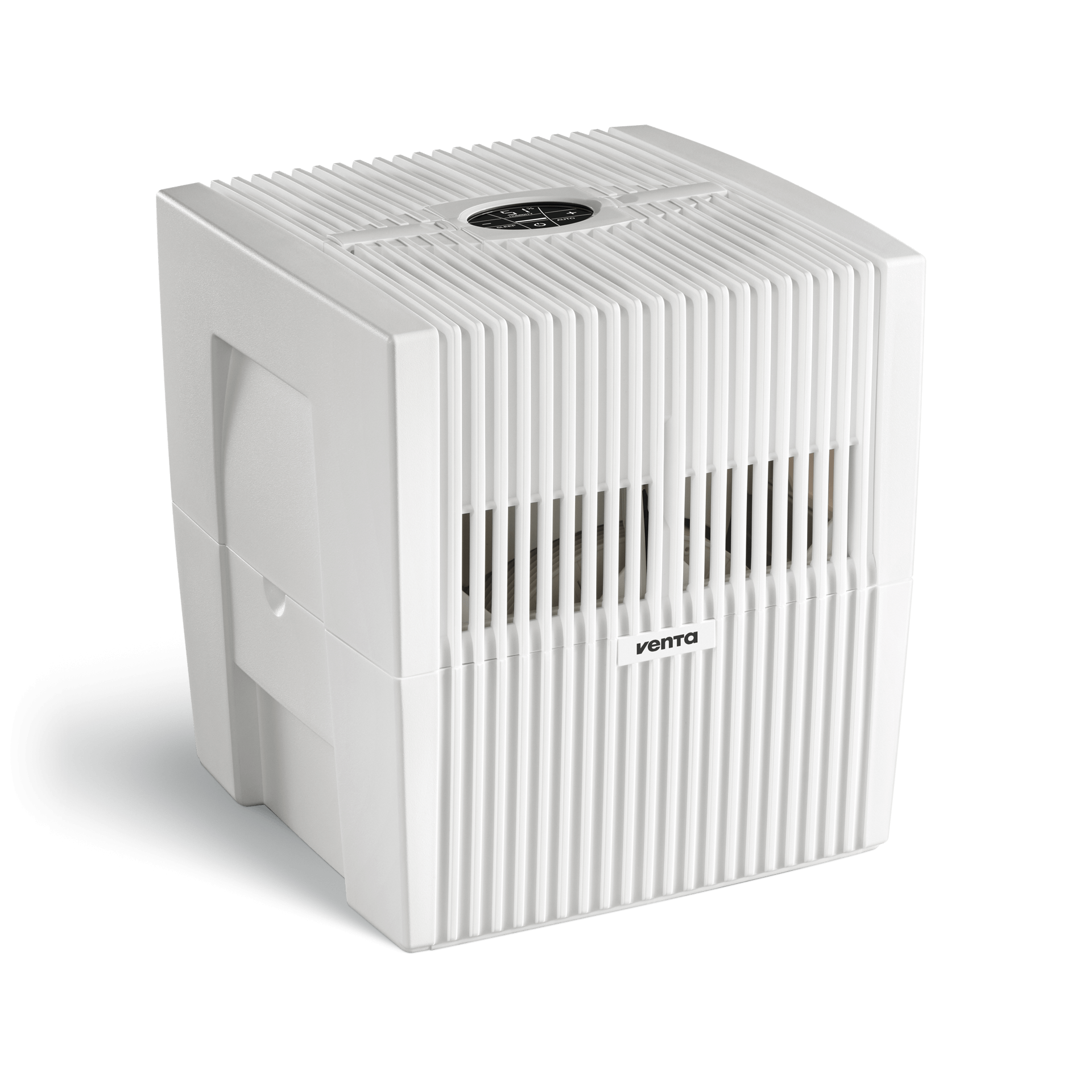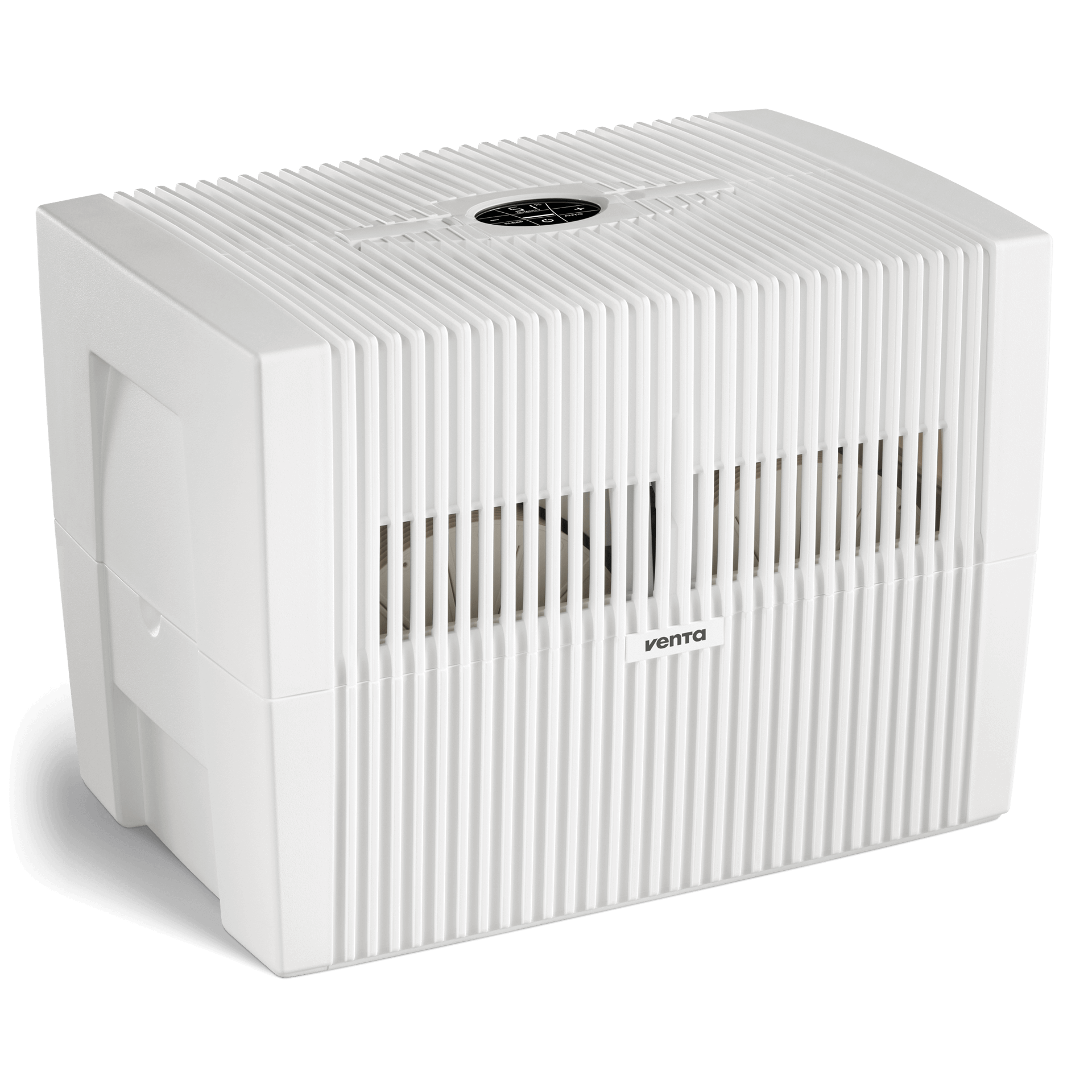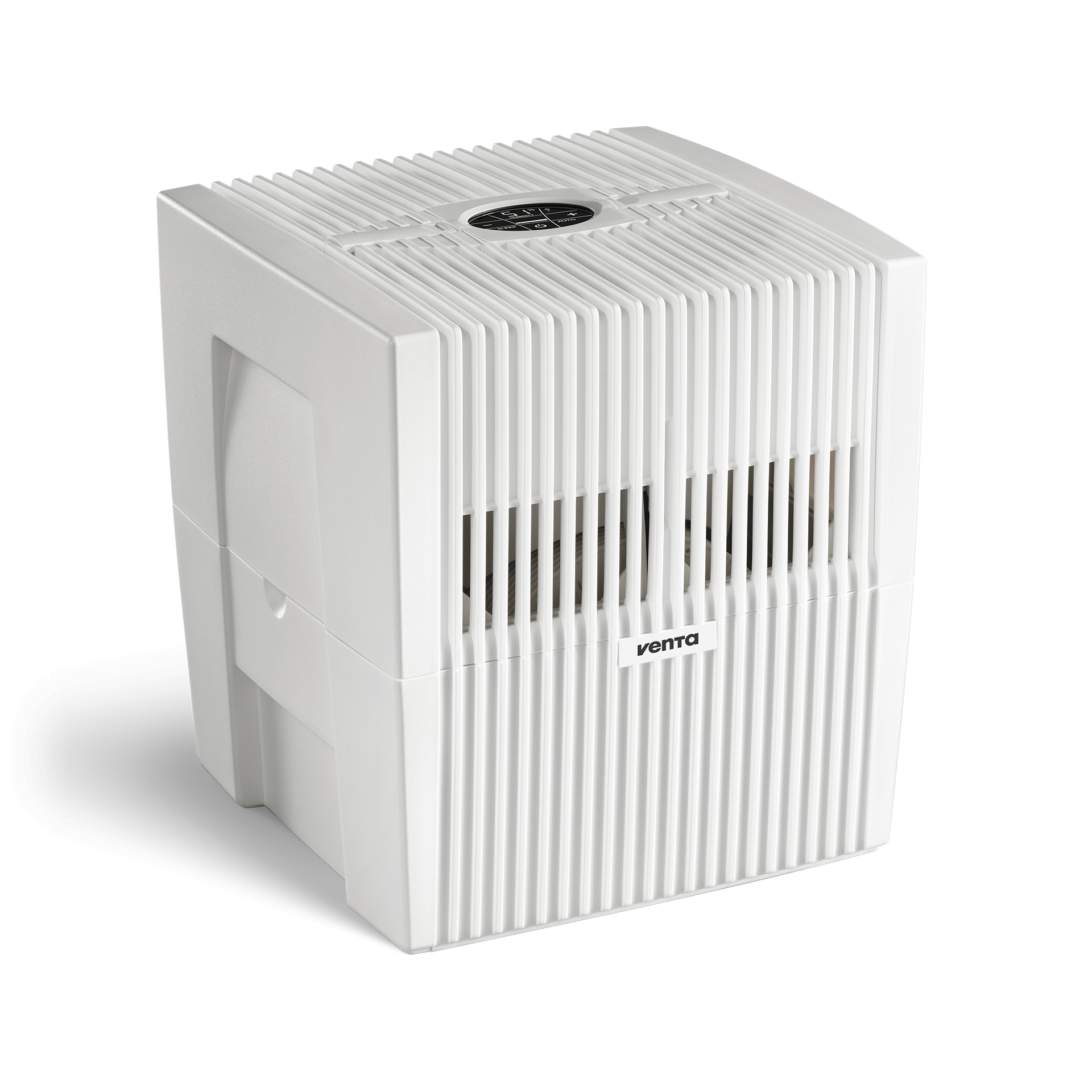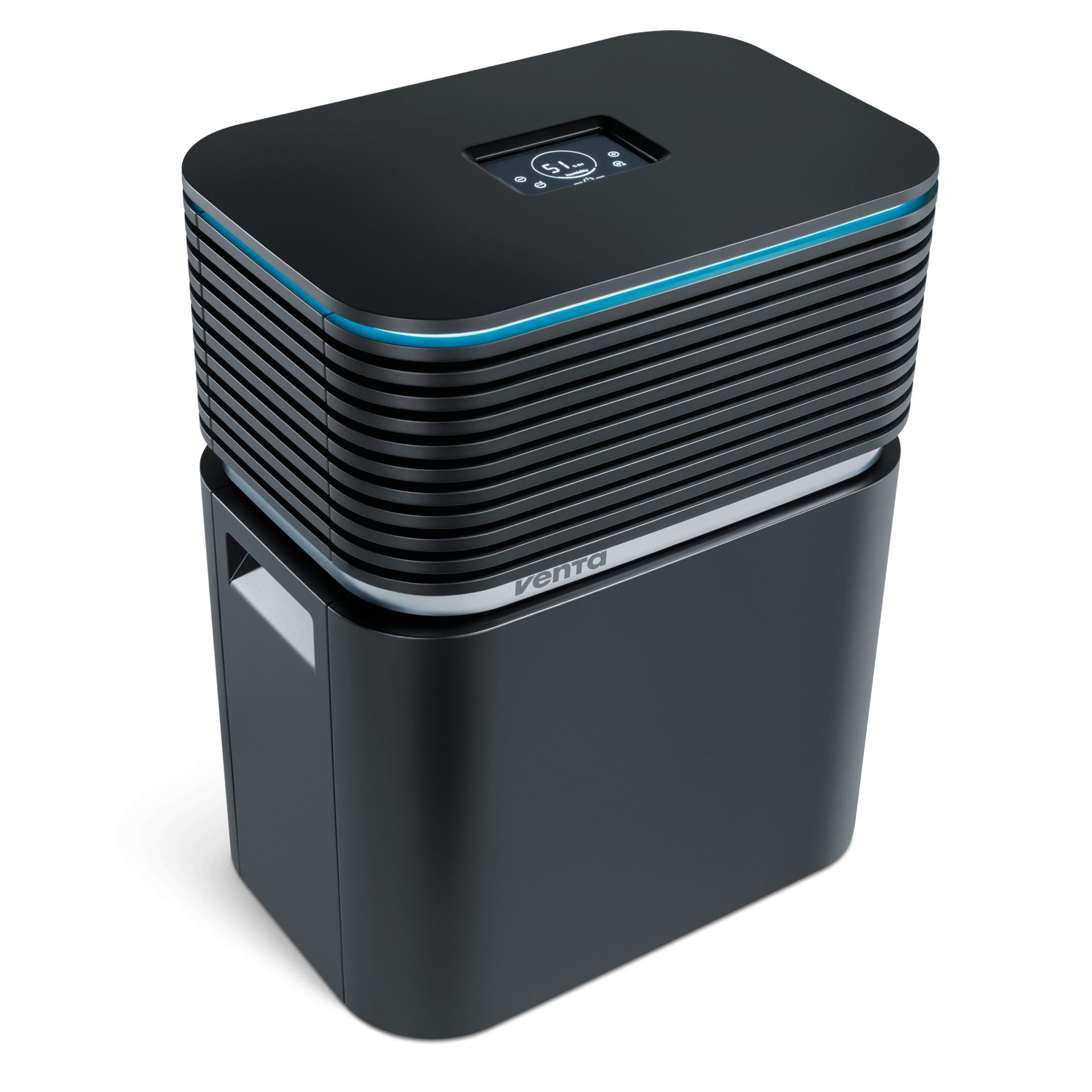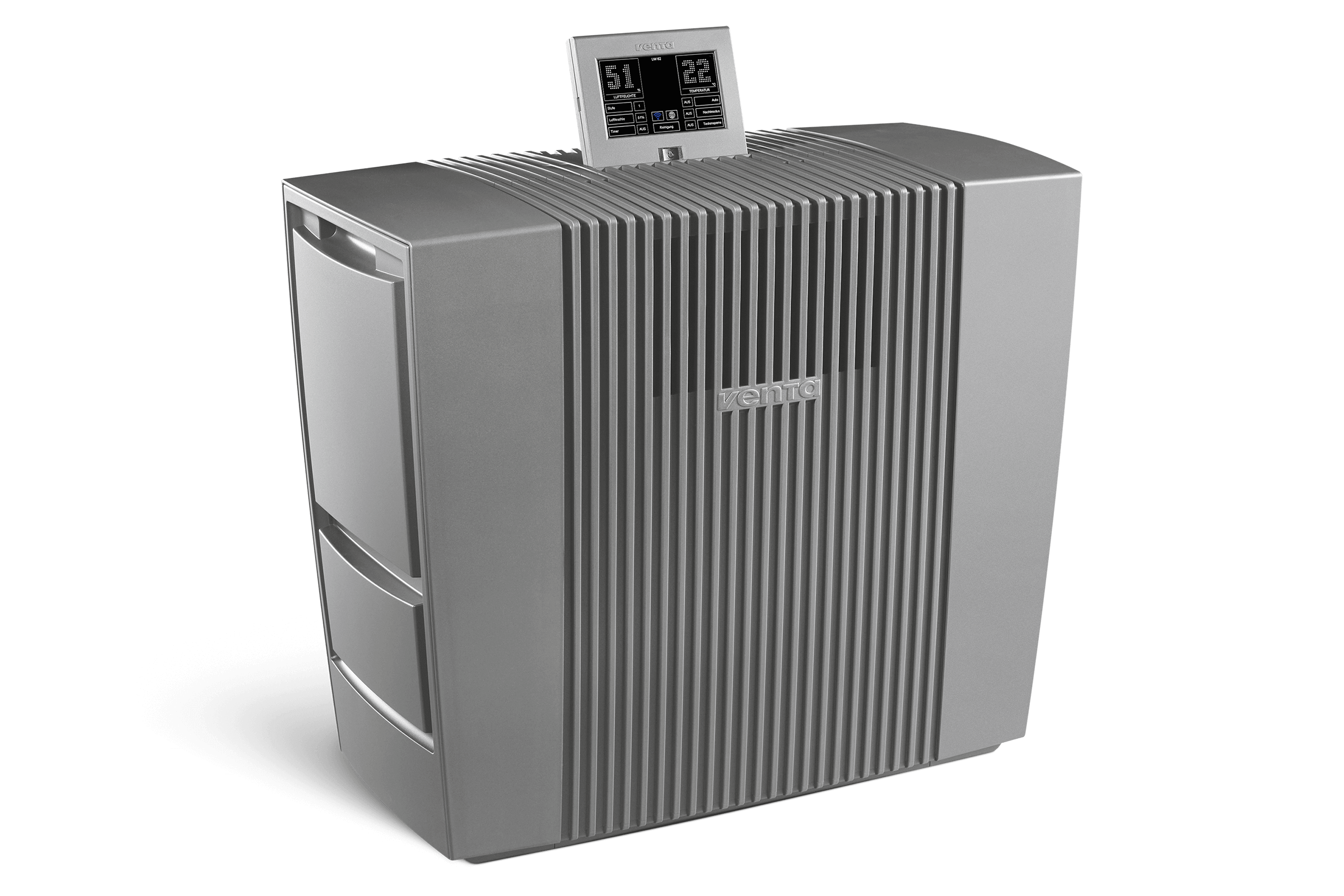Indoor air too dry?

For an optimal room climate, experts recommend a relative humidity of between 40 and 60 percent. For various reasons, humidity is often lower than this. The drier the air, the more particles it can contain.
Find out below what causes dry air in your home and what you can do about it. However, before we answer these questions, we want to clarify a general point:
What exactly do we mean by dry air?
Air humidity describes the proportion of water vapour in the air. In addition to nitrogen, oxygen, carbon dioxide and other gases, air also contains water vapour. A little-known fact is that the water vapour content depends partly on air pressure and temperature: The warmer the air, the more water vapour it can absorb. Conversely, cold air stores less water and is drier. So in winter the air is usually drier than in summer.

Dry heated air
If (underfloor) central heating in winter additionally heats up the already dry air, it doesn’t automatically pick up more moisture. Obviously, if no moisture is available in the room, the air can’t absorb any. This is what creates warm yet dry air in heated rooms.
Air conditioning systems also dry out the air.
Hot summer days can have the same effect, especially if you use an air conditioning unit. If you turn the air conditioning up high, you risk creating a real desert climate. If the air conditioning is set too cold, the indoor air loses moisture (as already explained, cold air is not able to absorb as much moisture as warm air). All this means humidity can quickly drop below the optimal value of 40-60%.
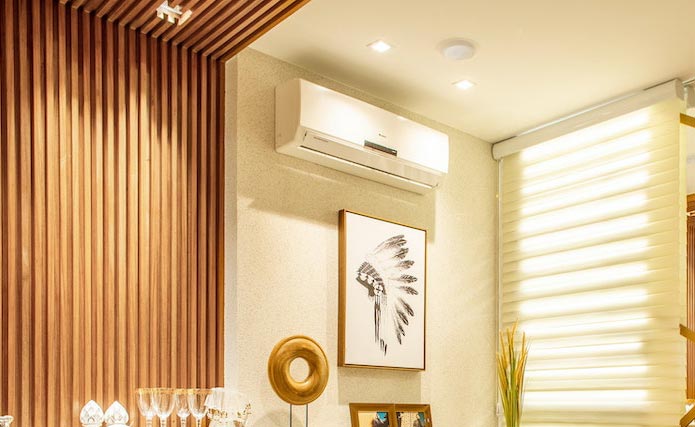
Dry indoor air from ventilation systems
Ventilation systems save energy and guarantee a constant minimum exchange of air. This ensures the humidity is not too high. However, there’s a problem, especially in winter, because they can quickly dry out the air. If this happens, the first step is to switch the ventilation system to a lower setting. Here are some more tips for a better room climate.
3 ways of increasing humidity

1. Ventilate regularly
Often small actions can have a big effect. For example, opening the windows several times a day. It lets stale air out and fresh air in.
This is a great way to improve air quality, particularly in winter. The rule is: better to open windows wide for a short time (five to ten minutes) than to leave a small gap over a longer period.
2. Pot plants
Pot plants are also a good way of improving the air in your rooms. Large-leafed plants such as Cyprus grass or ferns increase humidity. Some plants even filter out harmful airborne substances. They include ivy, spider plants and rubber plants.

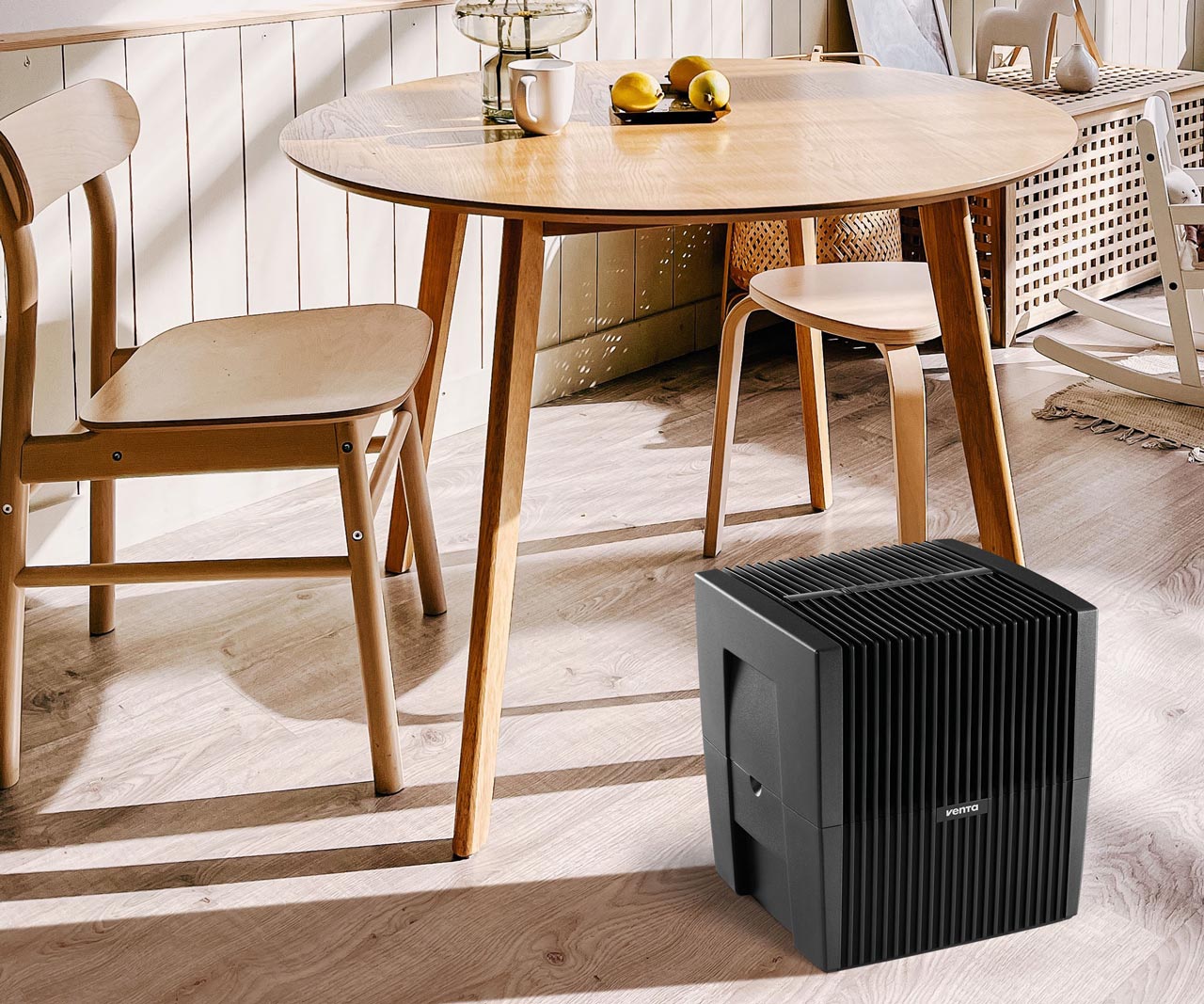
3. Humidifiers
Another, much less complicated way to achieve the perfect humidity is a humidifier. The appliance helps you achieve the ideal humidity of 40-60% all year round. For example, it moistens dry air caused by heating, air conditioning or ventilation systems.
It also reduces harmful airborne substances in a natural way for feel-good rooms in your home.


